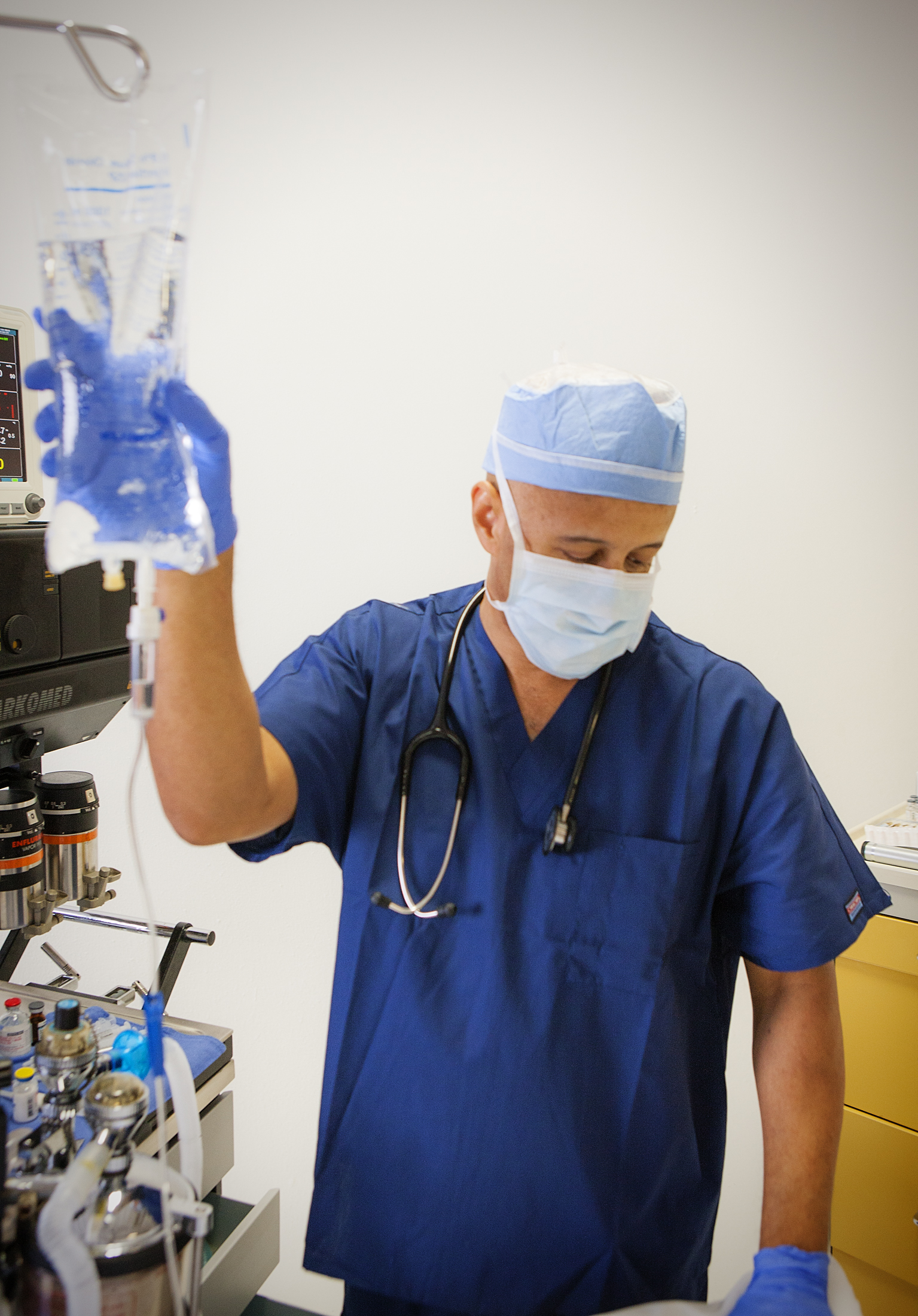
Healthcare insurance is financial protection that reduces the risk of debt due to healthcare expenses. Americans have historically sought coverage through private health insurance companies, and most rely on employers for coverage (3, 2). In 2010, the Affordable Care Act was passed by Congress and signed into law, which allows Americans to choose insurance based “in a new open, competitive insurance market” that “keeps insurance companies honest by setting clear rules” (4). According to Medicaid, this new law will “expand coverage, hold insurance accountable, lower health care costs, guarantee more choice, and enhance the quality of care” (3).
As of February 2016, 12.7 million Americans have exceeded the Obama administration’s sign-up goals and gotten insurance under the federal health-care law (1). Of the 12.7 million signed up, 4 million are new users of HealthCare.gov, suggesting that the federal healthcare law has done well in getting healthcare coverage for those previously uninsured. While Top Administration Officials are optimistic about the federal healthcare law’s current successes, some remain skeptical of the new law’s potential for continued growth. Millions of people are still uninsured, and the new law has faced backlash from insurers who now must offer healthcare coverage at the same price regardless of medical history. Additionally, many people see the federal healthcare law’s promise for cost transparency and affordable care as lacking in implementation (7).
While the government has recently made many changes to healthcare in America, there is also a private group seeking to change how employers provide healthcare. Many major companies who offer healthcare for their employees now plan to work together to research employee health spending and outcomes through the Health Transformation Alliance (2). With 20 large companies so far, this group is piloting a project in 2017 that aims to pinpoint which healthcare providers had the best outcomes and value for patients with various illnesses. Using this data, they hope to steer workers to certain providers. Amidst rising healthcare costs, they hope to find ways to curb costs to insure that companies are able to keep providing healthcare benefits for employees. Since the majority of Americans rely on employers for insurance, with 4 million people among the 20 participating companies, the Health Transformation Alliance is in a position to have a large influence on the healthcare system in coming years.
In the field of anesthesiology, the Affordable Care Act supports coverage of anesthesia services by a CRNA. The law itself includes a pilot project for Graduate Nursing Education (GNE) to support Advanced Practice Registered Nurses (APRNs). The American Association of Nurse Anesthetists (AANA) states that CRNAs play an important role in providing cost-effective care for the implementation of the Affordable Care Act (5). Medicare Part A, Medicare Part B, and Original Medicare all cover the costs of some or all of certain anesthesia services (6). While there are many speculations as to how the recent changes to the healthcare system will affect Anesthesiologists and CRNAs, much is still unknown.
Overall, there is a general desire for transparency within the healthcare system, especially in regards to the costs of it. As the federal healthcare law continues to be carried out and new projects such as the Health Transformation Alliance are implemented, it is important to all those working in healthcare to be aware of their effects.
Sources:
- http://www.wsj.com/articles/federal-health-care-enrollees-exceed-goals-1454627826
- http://www.wsj.com/articles/companies-form-health-insurance-alliance-1454633281
- https://www.medicaid.gov/affordablecareact/affordable-care-act.html
- http://www.hhs.gov/healthcare/about-the-law/read-the-law/index.html
- http://www.future-of-anesthesia-care-today.com/cost-effective.php
- https://www.medicare.gov/coverage/anesthesia.html
- http://oig.hhs.gov/reports-and-publications/top-challenges/2012/issue01.asp




